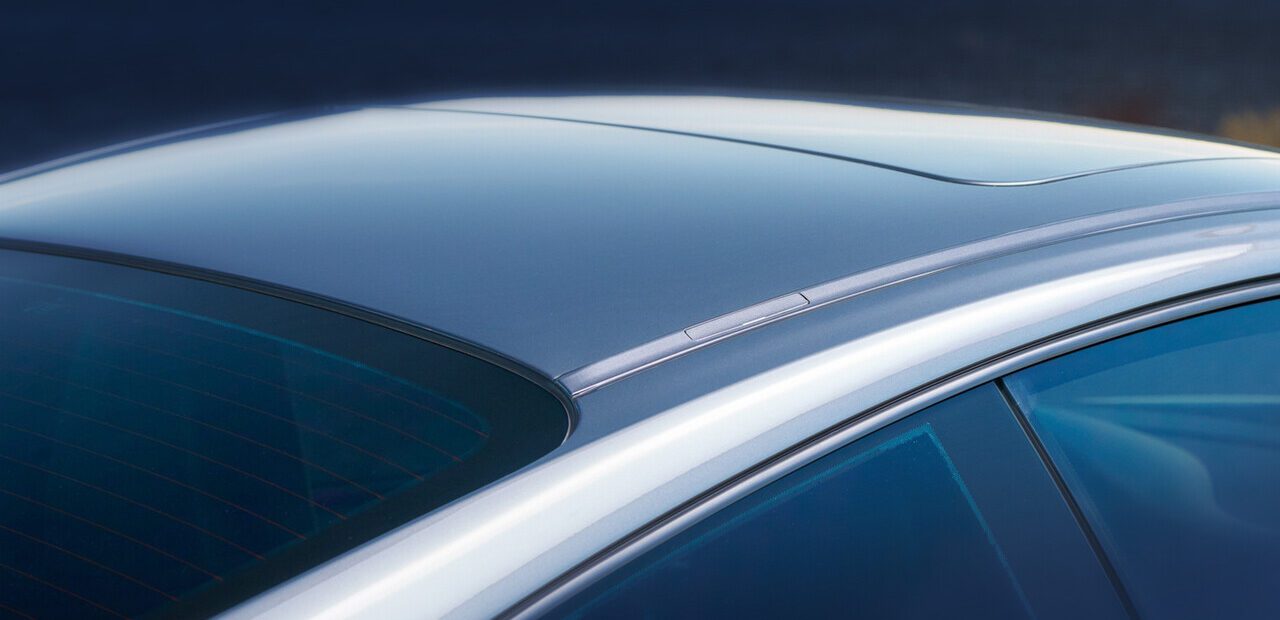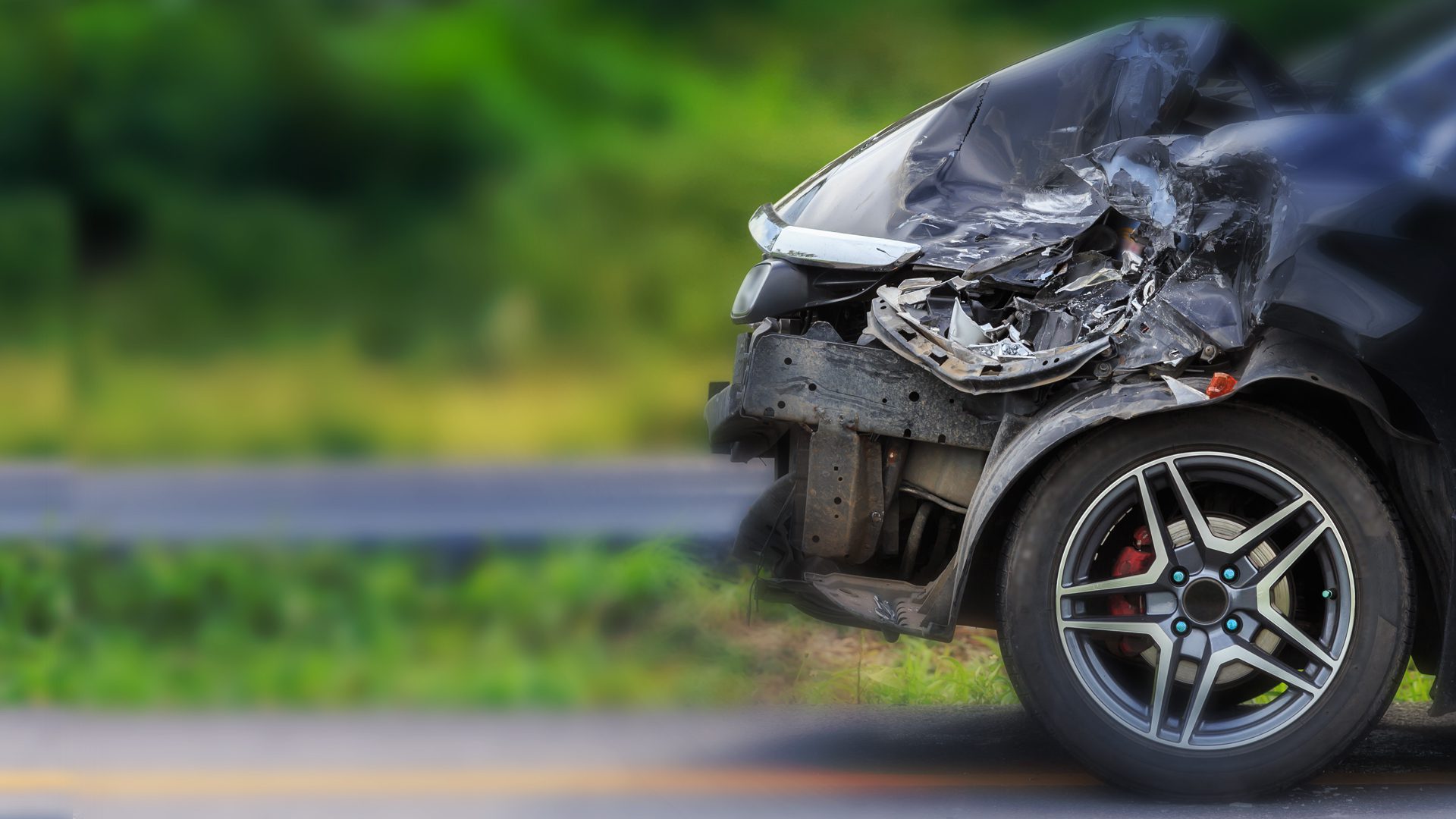Evan Allen, a lawyer in our office in Mobile, is investigating a case where a driver was paralyzed from the neck down in a rollover accident.
The 2004 Chevrolet Trailblazer that our client was driving had a problem-the roof wasn’t strong enough. This issue became very clear during a crash when the car flipped over, and the roof collapsed.
Rollover accidents are some of the deadliest and understanding their dynamics is crucial for safety. Let’s explore the link between rollovers and roof crush:
Rollover Accidents:
- A rollover occurs when a vehicle tips onto its side or roof during a crash.
- There are several causes, including tripping (when a tire strikes an obstacle), multi-vehicle collisions, and defective tires.
- Taller and larger vehicles, such as trucks, are more prone to rollovers.
- Rollovers account for only two percent of all traffic accidents but contribute to 24 percent of fatalities.
Roof Crush:
- During a rollover, the strength of a vehicle’s roof is critical for occupants’ survival.
- If the roof collapses, occupants face very serious injuries, including damage to the brain and spine.
- Roof crush occurs due to structural integrity issues with the car:
- Defective Design: Some vehicles have weak roofs that deform and collapse upon impact.
- Cheap Manufacturing: Poorly constructed roofs fail to withstand the force of collision and vehicle weight.
- Improper Installations: Faulty roof installations contribute to roof crush injuries.
- When the roof collapses, the limited survival space puts occupants at risk.
- Weak roofs also increase the risk of ejection during a rollover.
The need for substantial roof structures is nothing new. As early as the 1970’s, the National Highway Traffic Safety Administration began undertaking measures to set requirements for roof strength.
Federal Motor Vehicle Safety Standard 216 aimed to address the need and set a benchmark for roof strength. They established roof strength requirements using a strength-to-weight ratio (SWR). In 2009, they increased the SWR from 1.5 to 3. Despite the increase, thousands of motorists are severely injured and killed each year due to roof crush.
With the technology and materials we have today, there’s no reason for a car’s roof not to hold up in a rollover crash.






